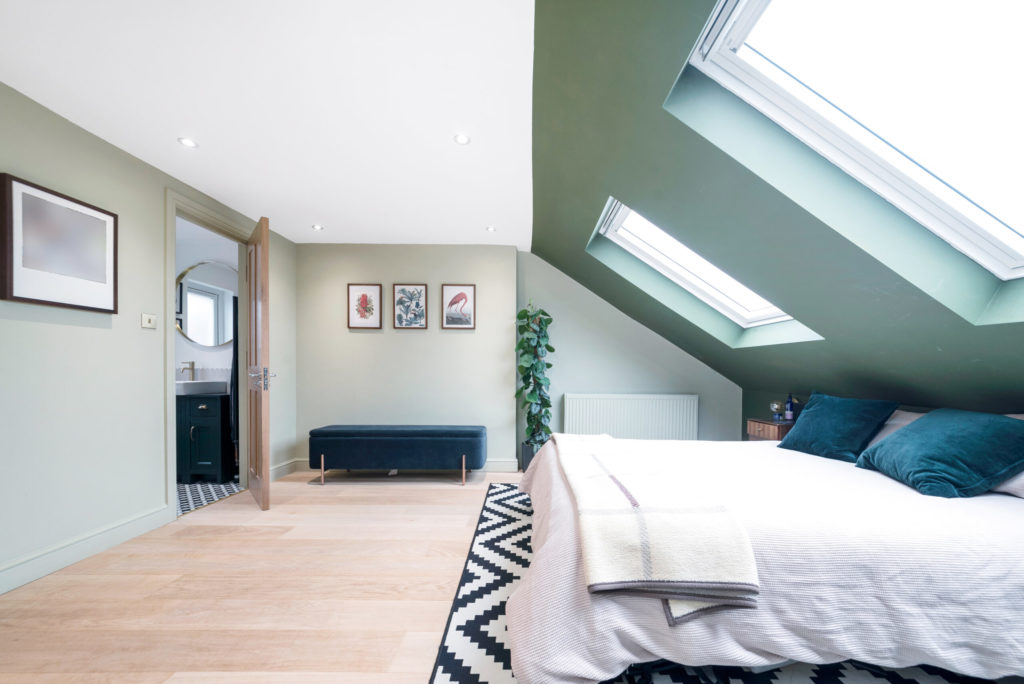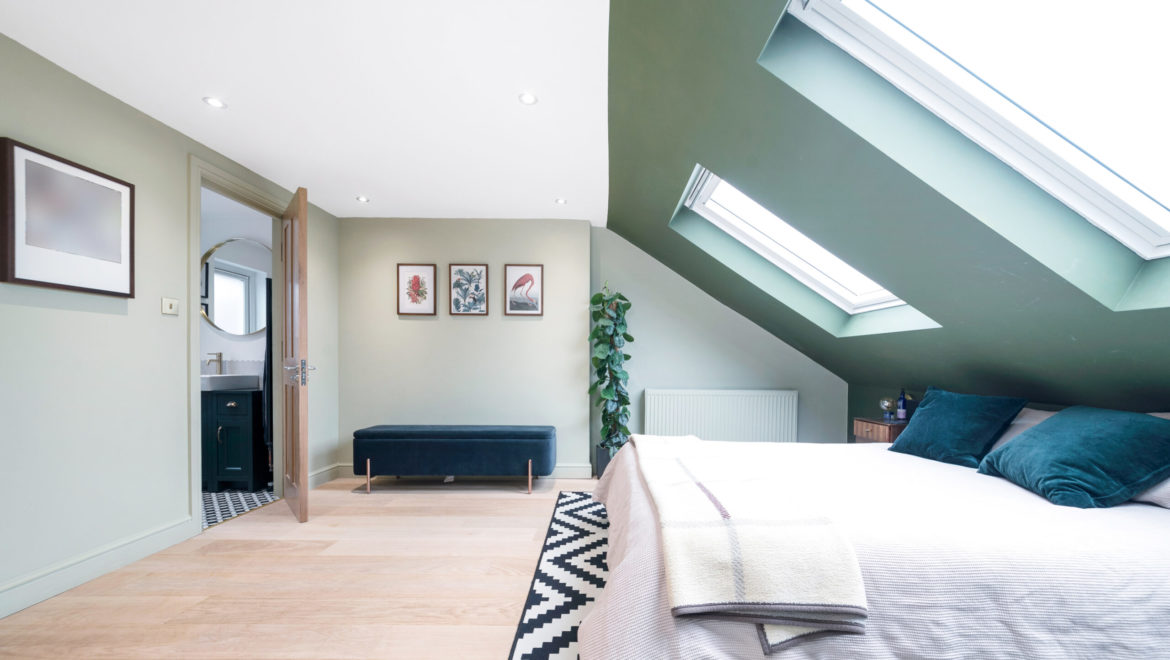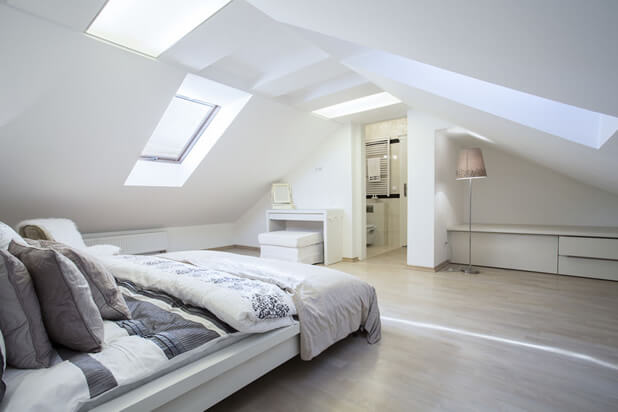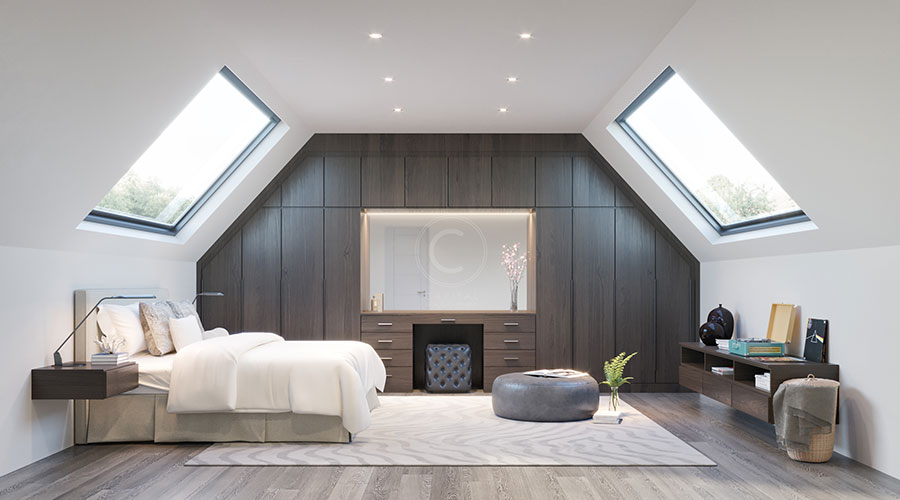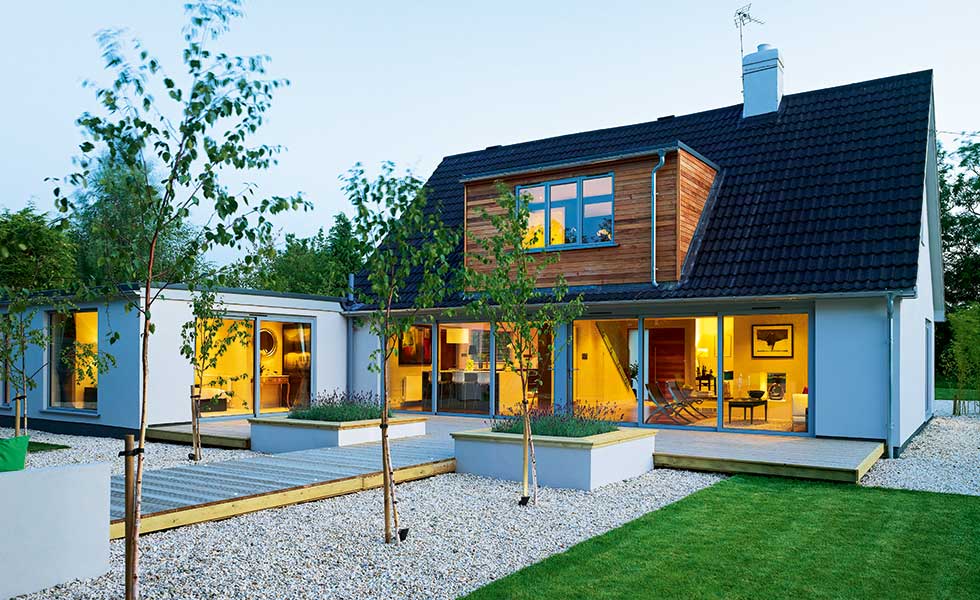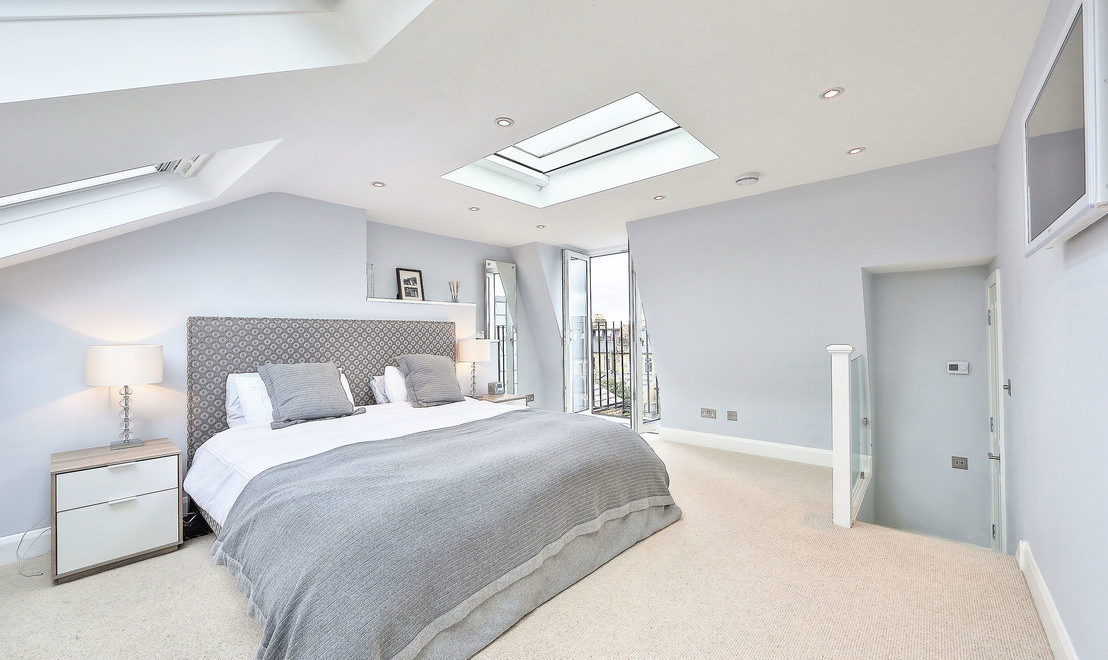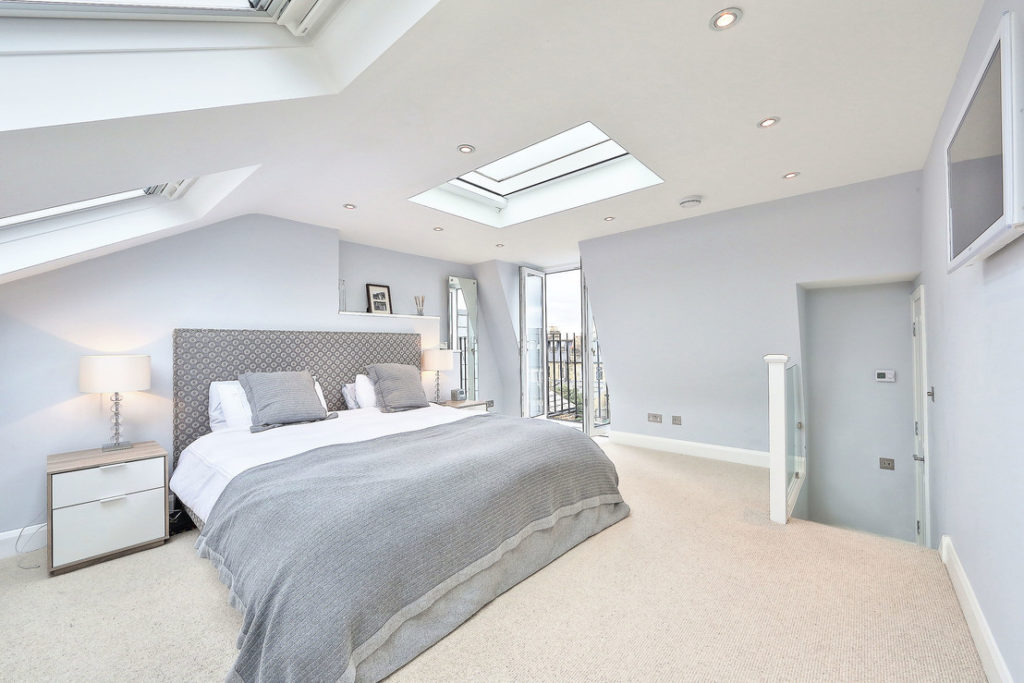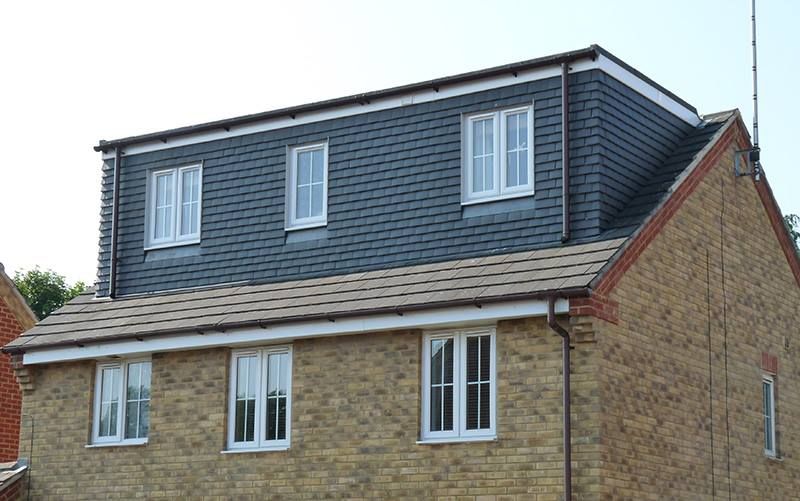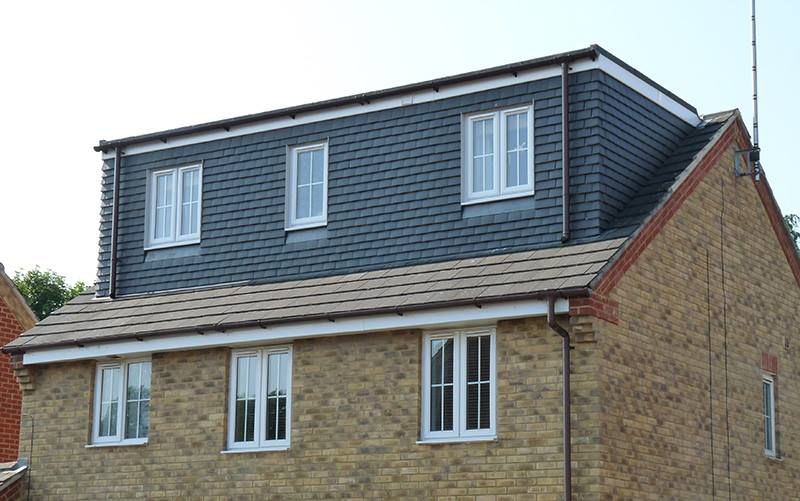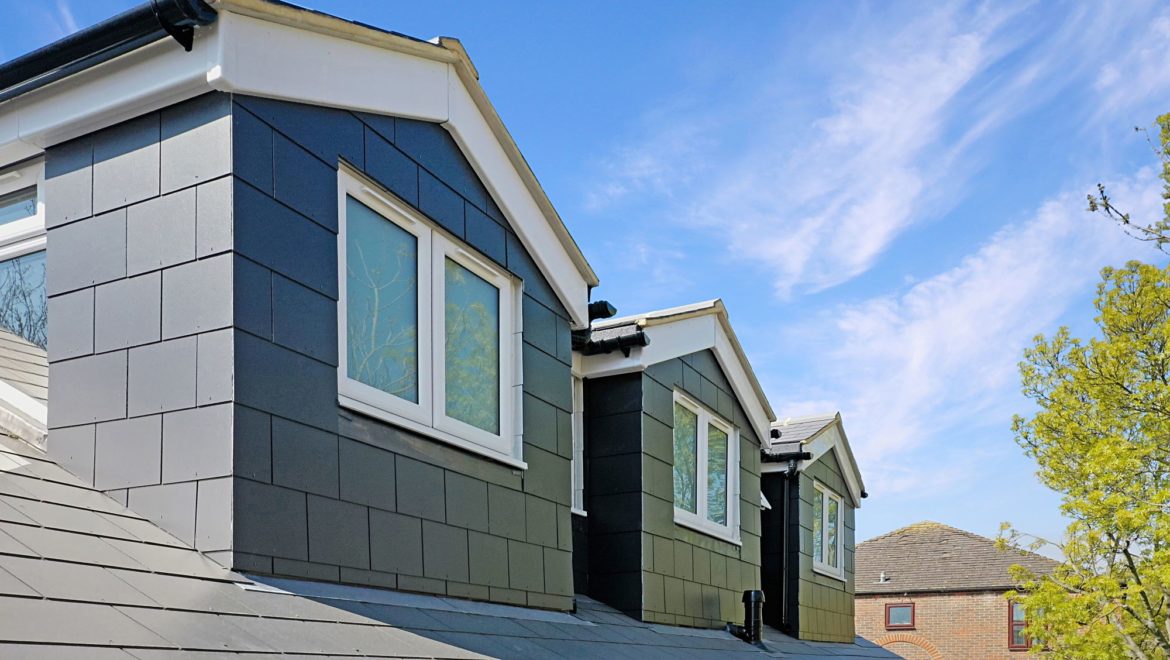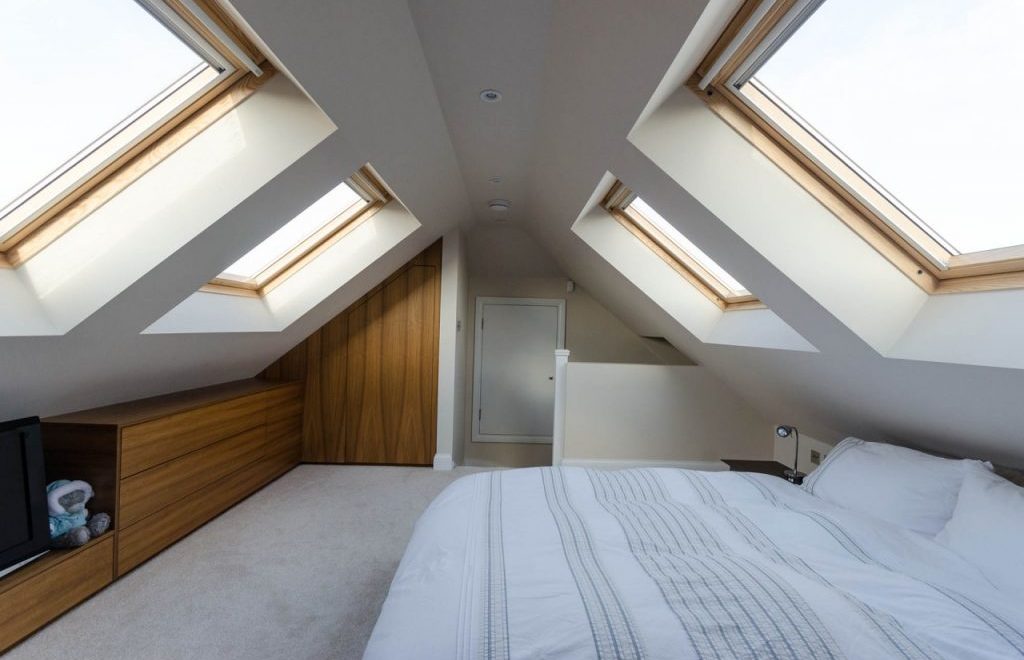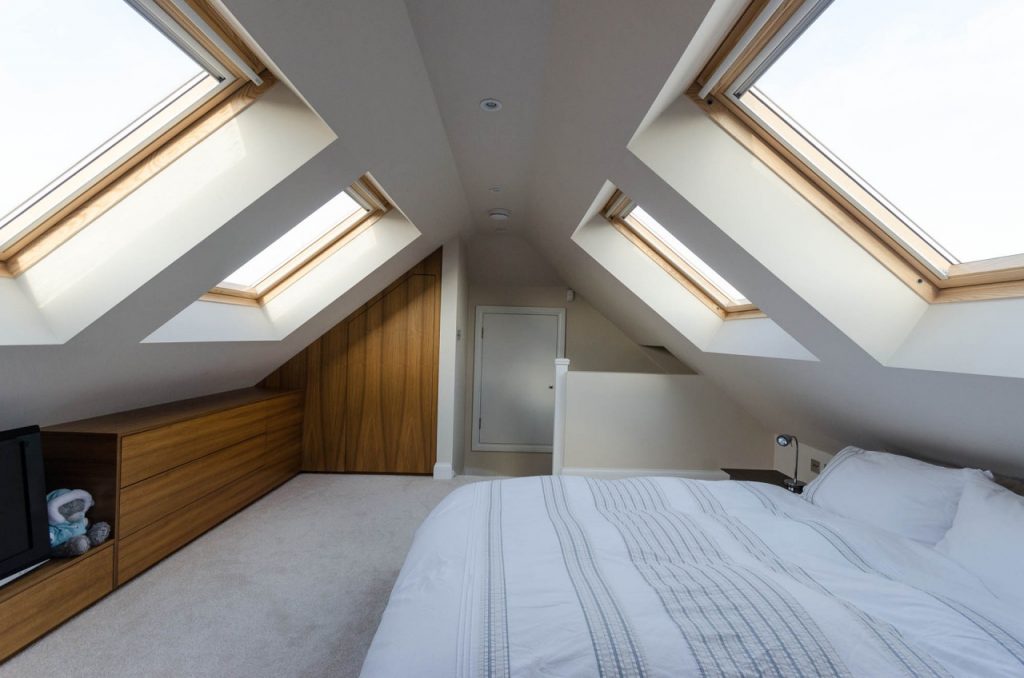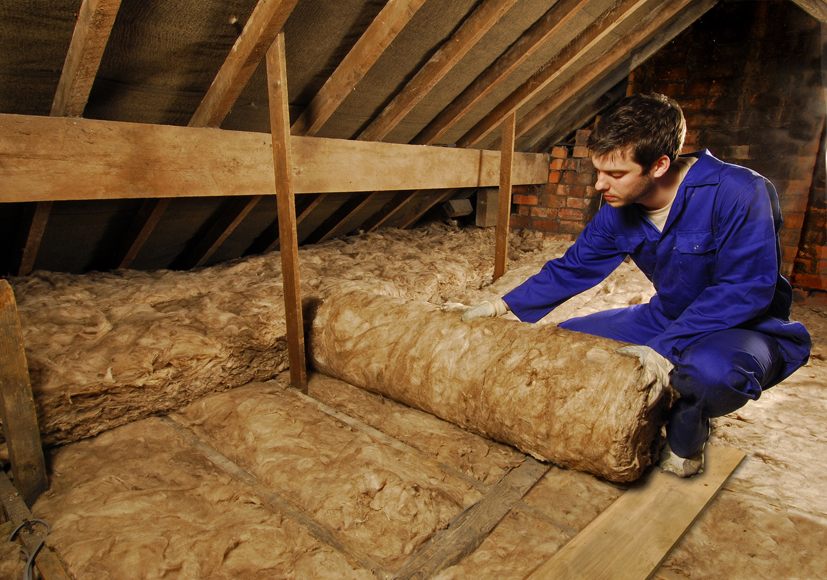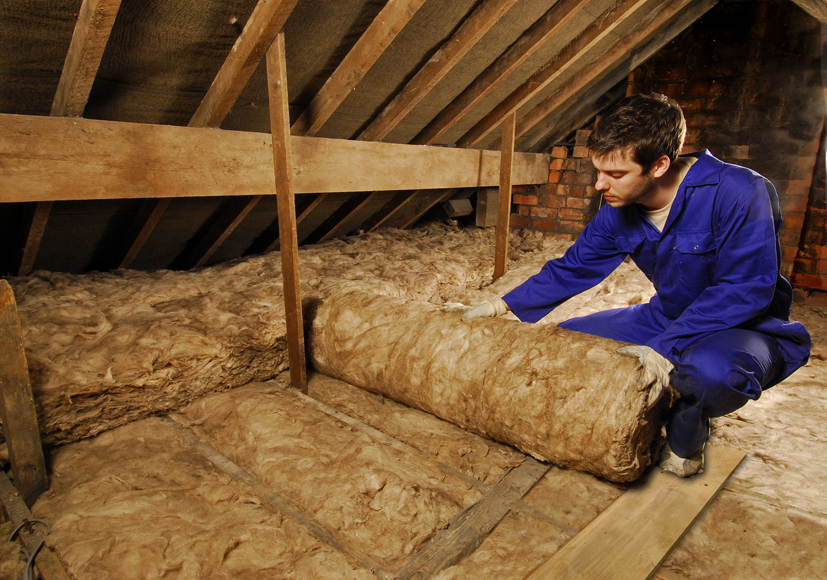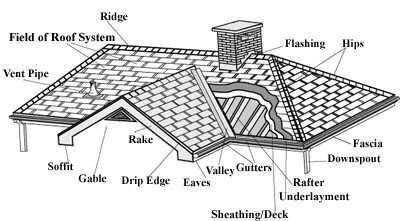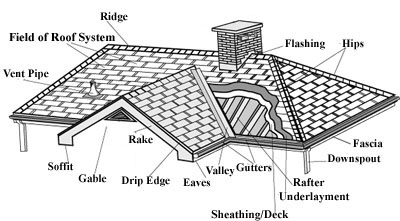A Simple Guide to Loft Conversion: Transforming Your Space
Are you looking to add space and value to your home without the hassle of moving? A loft conversion might be the perfect solution for you. Loft conversions have become increasingly popular in recent years. Offering homeowners a fantastic way to create a functional and stylish new living area within their existing property. In this guide, we’ll walk you through the essential steps of a loft conversion, helping you turn that underutilized attic space into a beautiful and practical part of your home.
Assess Feasibility
The first step in any loft conversion project is to assess the feasibility of the project. Not all lofts are suitable for conversion, so it’s essential to have a professional survey done to determine whether your loft space is suitable. Factors like the height of the loft, the pitch of the roof, and any structural considerations need to be taken into account.
Planning Permission and Building Regulations
In many cases, loft conversions can be done under permitted development rights, which means you won’t need planning permission. However, it’s crucial to check with your local planning authority to ensure that your project complies with any regulations in your area. Additionally, loft conversions are subject to building regulations, which ensure safety and structural integrity. Working with a professional architect or designer can help you navigate these regulations.
Design and Layout
Once you have the green light to proceed, it’s time to think about the design and layout of your new loft space. Consider how you want to use the space – whether it’s an extra bedroom, a home office, a playroom, or a combination of functions. Keep in mind the layout, windows, lighting, and storage options that will best suit your needs.
Structural Changes
Depending on the existing layout of your loft and the desired final result, you might need to make some structural changes. This could involve reinforcing the floor, altering the roof structure, or adding dormer windows or skylights for more natural light. Consult with a structural engineer to ensure these changes are safe and compliant with regulations.
Hire Professionals
A loft conversion involves various trades, including architects, designers, builders, electricians, plumbers, and possibly even roofers. Hiring professionals who specialize in loft conversions is essential to ensure the project is completed successfully. They can guide you through each stage, provide expert advice, and manage the construction process.
Construction Phase
During the construction phase, your loft conversion plan will come to life. Builders will work on the structural changes, insulation, electrical and plumbing work, and interior finishes. Regular communication with your project manager or contractor is key to keeping the project on track and addressing any unexpected issues that may arise.
Finishing Touches
As the construction nears completion, it’s time for the finishing touches. Paint, flooring, lighting fixtures, and furniture will transform the space into a functional and visually appealing area. Consider using light colors and clever storage solutions to maximize the perceived space and create a comfortable environment.
Final Checks
Before moving into your newly converted loft space, make sure all necessary safety checks and inspections are carried out. This includes ensuring electrical and plumbing systems are up to code and that the space is properly insulated and ventilated.
Enjoy Your New Space
Congratulations, your loft conversion is complete! Whether you’re using it as a cozy bedroom, a serene home office, or a vibrant playroom, your new space is ready to be enjoyed. Take the time to add personal touches that reflect your style and make the space truly yours.
A loft conversion can provide a cost-effective way to enhance both the living space and value of your home. With careful planning, professional assistance, and attention to detail, you can transform your unused attic space into a functional and stylish area that meets your family’s needs for years to come.
